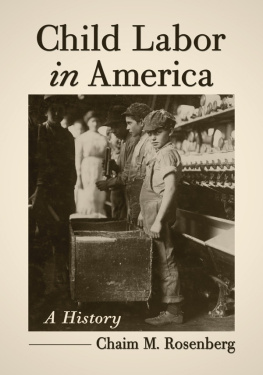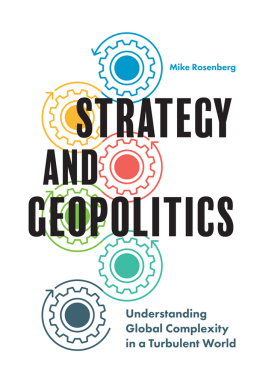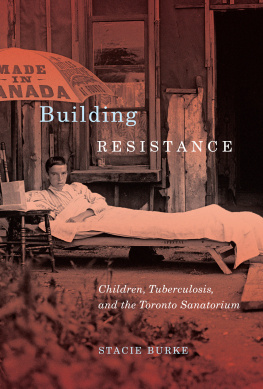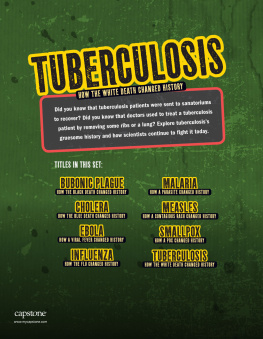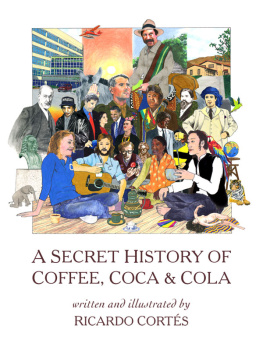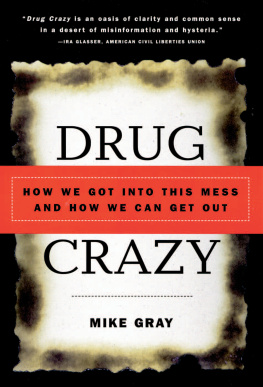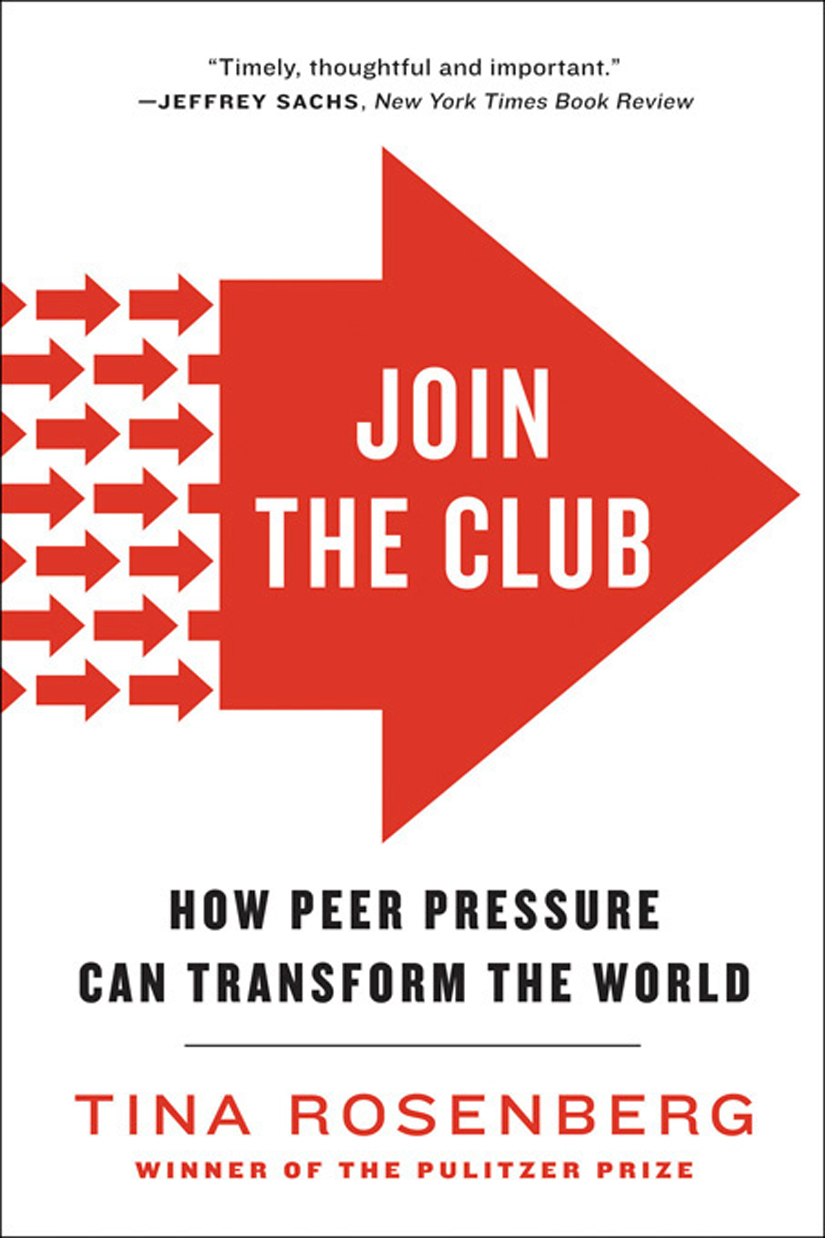
Further praise for Join the Club
Rosenbergs book is timely, thoughtful and important.... She combines her on-the-ground reportage with cleareyed accounts of recent findings in social psychology, neuroscience, sociology, public health and a gamut of other fields. By the end of the book, the reader has circled the globe and the social sciences several times over.
Jeffrey Sachs, New York Times , Editors Choice
E. M. Forster bade us to only connect, and that is the message of this splendid book, an accessible treatment of the use of peer pressure as a force for positive change, with far-reaching implications for researchers and public policymakers in both government and the private sector.... Highly recommended.
Ellen D. Gilbert, Library Journal ,
starred review
Smart and earnest.... Rosenberg... debunks the popular notion that peer pressure is always bad and argues that by helping people find positively persuasive cohorts, we can change the world.
O, The Oprah Magazine
How can we solve age-old problems like poverty, disease and alienation? In Join the Club , Tina Rosenberg presents a solution that is simple yet profound, and rooted in human nature.... Like Malcolm Gladwells best sellers The Tipping Point and Outliers , Join the Club explains how little changes can make big differences, and that contrarian impulses are hardwired into humans.... Rosenberg practices what she preaches. The voice she uses in Join the Club is peer-to-peer. Rather than intimidating the reader, she inspires.
Deirdre Donahue, USA Today
Rosenberg is known for getting as close to her subjects as possibleand emerging to tell the tale.... This is a well-documented account of how peer groups can change the world, and already have.
Erin Vanderberg, Associated Press
Rosenberg is a perceptive observer.
Annie Murphy Paul, Time
[An] ambitious, evocatively written treatment.... Rosenbergs immersion in the issues and considered reflections on the power of peer groups to shape personal and social action brings an urgency to a strategy as old as any in civilizations arsenal.
Publishers Weekly
A solid, sweeping examination of peer pressure as a force for social change.... An optimistic view of the ways in which the human desire to be respected by ones peers can bring about revolutions, topple dictatorships and perhaps produce a safer world.
Kirkus Reviews
Rosenberg is a savvy and dogged reporter, and one can feel her digging beneath the surface of these uplifting stories.
The National
Also by Tina Rosenberg
Children of Cain: Violence and the Violent in Latin America
The Haunted Land: Facing Europes Ghosts After Communism
Join the Club
How Peer Pressure Can
Transform the World
Tina Rosenberg
W. W. Norton & Company
New York London
Copyright 2011 by Tina Rosenberg
All rights reserved
Printed in the United States of America
First published as a Norton paperback 2012
For information about permission to reproduce selections from this book,
write to Permissions, W. W. Norton & Company, Inc.,
500 Fifth Avenue, New York, NY 10110
For information about special discounts for bulk purchases,
please contact W. W. Norton Special Sales at
specialsales@wwnorton.com or 800-233-4830
Manufacturing by Courier Westford
Book design by Lovedog Studio
Production manager: Anna Oler
Library of Congress Cataloging-in-Publication Data
Rosenberg, Tina.
Join the club : how peer pressure can transform the world / Tina Rosenberg.
p. cm.
Includes bibliographical references and index.
ISBN 978-0-393-06858-0 (hardcover)
1. Social change. 2. Peer pressure. 3. Social groups. I. Title.
HM831.R67 2011
303.484dc22
2010052146
ISBN 978-0-393-34183-6 pbk.
W. W. Norton & Company, Inc.
500 Fifth Avenue, New York, N.Y. 10110
www.wwnorton.com
W. W. Norton & Company Ltd.
Castle House, 75/76 Wells Street, London W1T 3QT
1 2 3 4 5 6 7 8 9 0
To Rob
Contents
Introduction
Join the Club
THE MIST WAS STILL RISING FROM THE FIELDS ON A COLD Sunday morning in early May. In a subdivision of brick-and-beige Tudor-style connected houses in Algonquin, Illinois, a far suburb of Chicago, three men in sweatpants jogged up to the house of Ryan Boldt. His family still asleep, Boldt stepped out the door and into the street. It was just before 6 a.m.
Boldt is an area pastor for Willow Creek Community Church, a megachurch with some 18,000 people at services every weekend, a church repeatedly named the most influential in America. The menDoug Yonamine, Tim Auch, and Matt Lossauall live in the neighborhood. The Lossau family even moved here in part to be near Doug and his wife, Jen.
For them, this Sunday-morning run is church. The men run through the subdivision and onto a road alongside a field. They run slowly, talking the whole time. Some of my most intense spiritual conversations have been on the bike paths, Doug said. He is a kind, earnest, serious, and highly organized man of Japanese ethnicity, then forty-three years old, who works in the legal department at the Willow Creek Association. The men aim to run every Sunday, Tuesday, and Thursday morning at sixthe hour dictated by Dougs promise to Jen to be back in the house before their three children wake up.
Doug, Tim, and Matt do more than jog together. The men and their families, along with two other families, make up a Table group, one of Willow Creeks neighborhood-based small groups. They do most of the things typical American suburban families dobut they do them together. They eat dinner together once or twice a week. They exercise together. They take one anothers kids to and from Girl Scout meetings, church activities, and school sports. They meet to talk about the Bible and religious issues. When they have problems with their kids, struggles with their jobs or money or personal challenges, they bring them to the group. The meetings, formal and informal, are church too, a concept embraced by Willow Creek and the families who make up this small group.
There is some irony in the notion that Willow Creek would be encouraging its members to form the upper-middle-class, minivan-andriding-mower version of, well, a commune. Willow Creek was built in the 1970s on the values of anonymity and isolation, constructed so people could meet God without having to bump into other humans along the way. Back then, Bill Hybels, the churchs founder and still its senior pastor, sought to construct a church that would reach out to the person he called Unchurched Harry. Harry, the Willow Creek mythology held, was wary of church, so Hybels built a Sunday service to make him comfortable, one that didnt push him and demanded nothing. Unchurched Harry, loath to be pressured or even approached, could simply sit and watch.
But Hybels soon realized that more mature believers needed more community. Like nearly every other large church in America of any denomination, Willow Creek began in the 1980s to place its members in small groups, the idea being that moving nearer to God is best done in close relationship with other people on the same mission.
Willow Creeks small groups used to be very similar to those in widespread use. Eight or ten people who shared some basic characteristic would get together every two weeks in someones living room to discuss the Bible, talk about a particular reading, or simply discuss how to respond to daily challenges in a Christ-centered way.
In the early 1990s, when he was still single, Doug Yonamine joined one. He signed up to be in a small group with four other single men who lived all over the Chicago suburbs. The group chose parts of the Bible to read and discuss or followed a small-group study guide.
Next page

